I have had spinal stenosis for 12 years. In the past 6 months, my leg pain has gotten worse and I have difficulty walking. How can I treat this disease? Do I need surgery? (Huynh Hoai, Tien Giang)
Reply:
Spinal stenosis is a condition in which the space inside the spinal canal is narrowed, causing pressure on the nerve roots and spinal cord passing through the spine. In mild cases, the disease often has no obvious symptoms, but if not detected and treated promptly, spinal stenosis can cause numbness, weakness in the limbs, loss of balance, sphincter disorders causing incontinence and paralysis.
Treatment for spinal stenosis depends on the location of the stenosis, the cause, and the severity of symptoms. Initially, the disease is often treated with conservative methods, lifestyle changes such as weight loss to reduce stress on the back, hot compresses to increase blood flow, relax muscles and reduce pain... Patients may be prescribed physical therapy exercises to maintain flexibility and stability of the spine, increase strength, endurance and improve balance.
If necessary, your doctor may prescribe short-term pain medications and muscle relaxants to help temporarily relieve the discomfort caused by spinal stenosis. If this does not help, a corticosteroid injection into the spinal canal may be recommended. Corticosteroids reduce inflammation, which relieves the nerve roots from swelling and irritation caused by compression.
Surgery is only used when other treatments are ineffective. The goal of surgery is to create more space for the spinal cord. During surgery, the surgeon numbs the lumbar region and performs decompression through a small incision in the skin. The advantage of this procedure is that it preserves the integrity of the bony structure and causes minimal mechanical disruption of the spine, allowing for a quick recovery. Patients can go home within a few hours of the procedure, walking and/or physical therapy immediately after. Symptoms of numbness, tingling, and muscle weakness are significantly improved after surgery.
To have the appropriate treatment regimen, you should see a doctor for a direct examination and perform the necessary tests and imaging diagnostics.
MD.CKI Kim Thanh Tri
Spine Department, Tam Anh General Hospital, Ho Chi Minh City
| Readers send questions about musculoskeletal diseases here for doctors to answer |
Source link







![[Photo] Visiting Cu Chi Tunnels - a heroic underground feat](https://vstatic.vietnam.vn/vietnam/resource/IMAGE/2025/4/8/06cb489403514b878768dd7262daba0b)
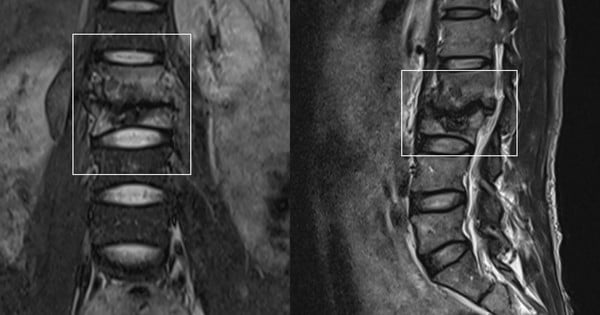




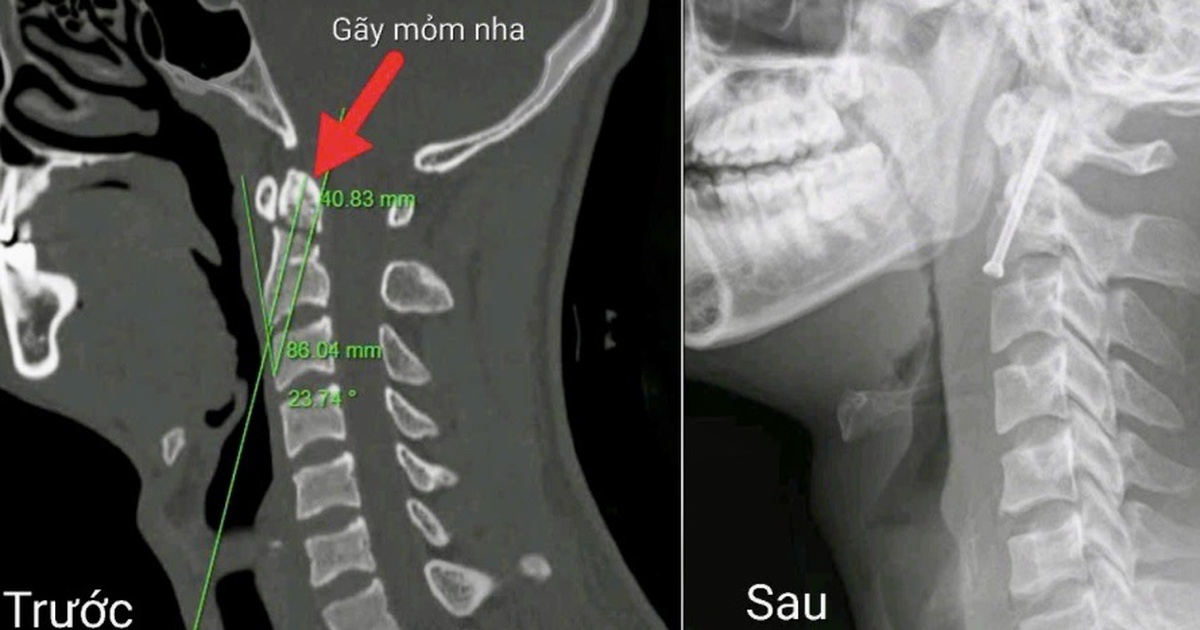
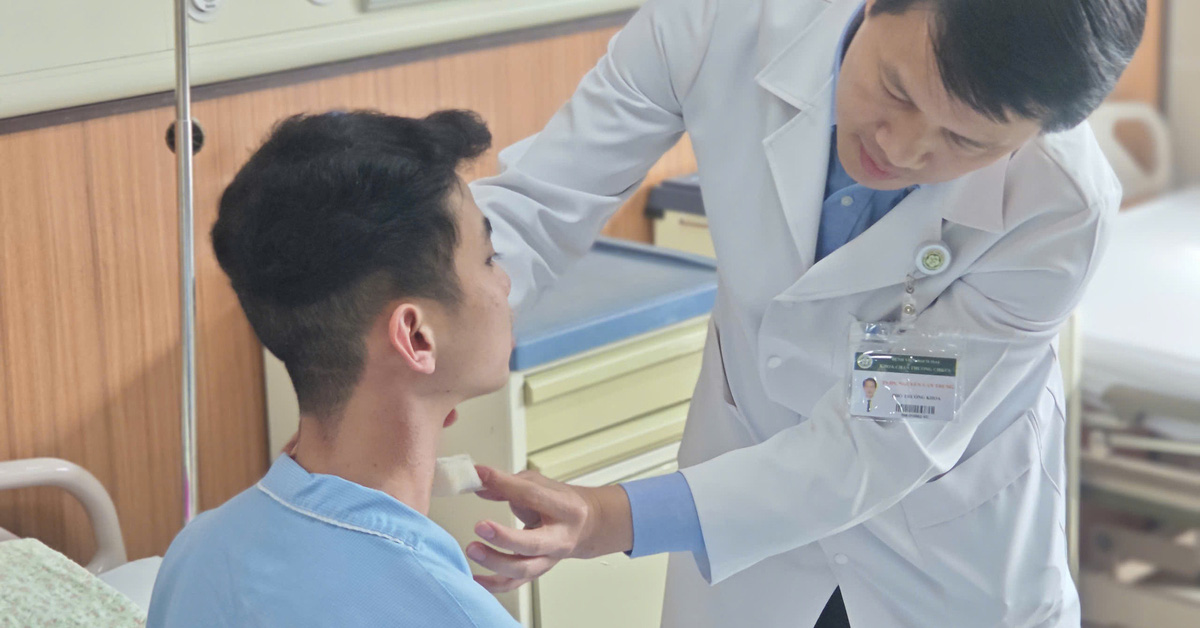

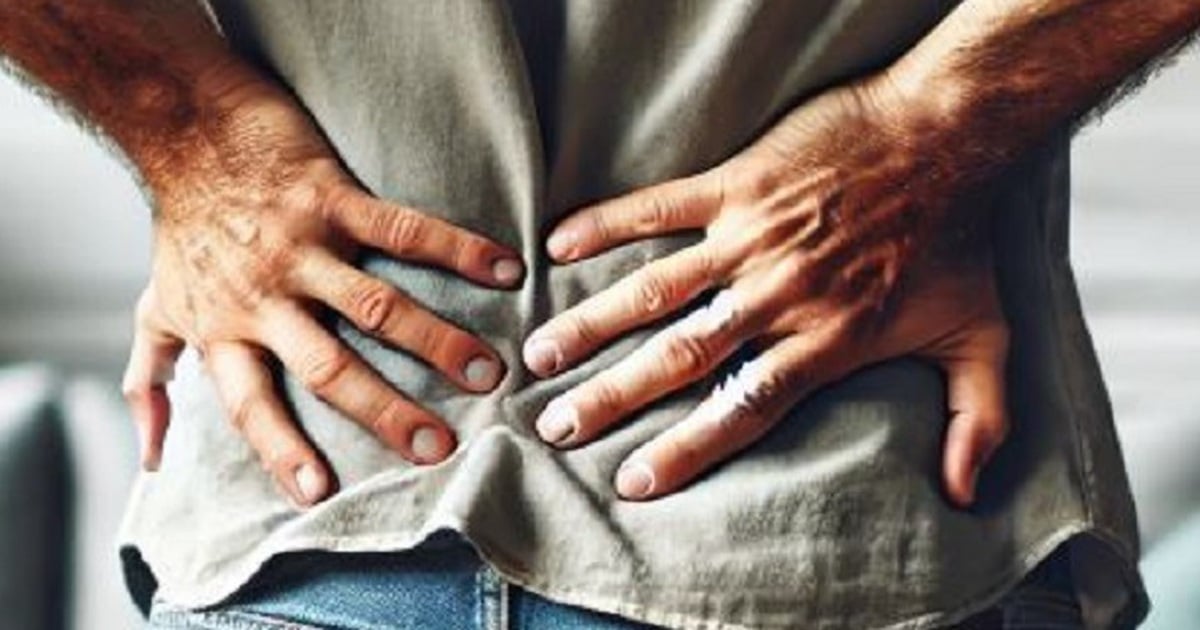
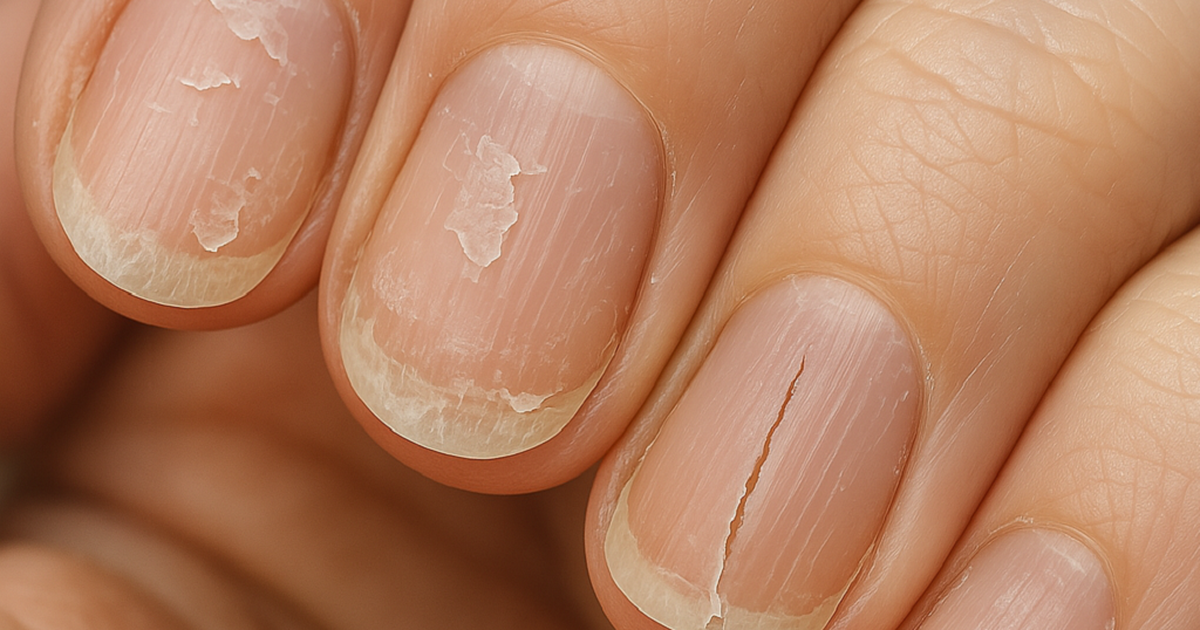















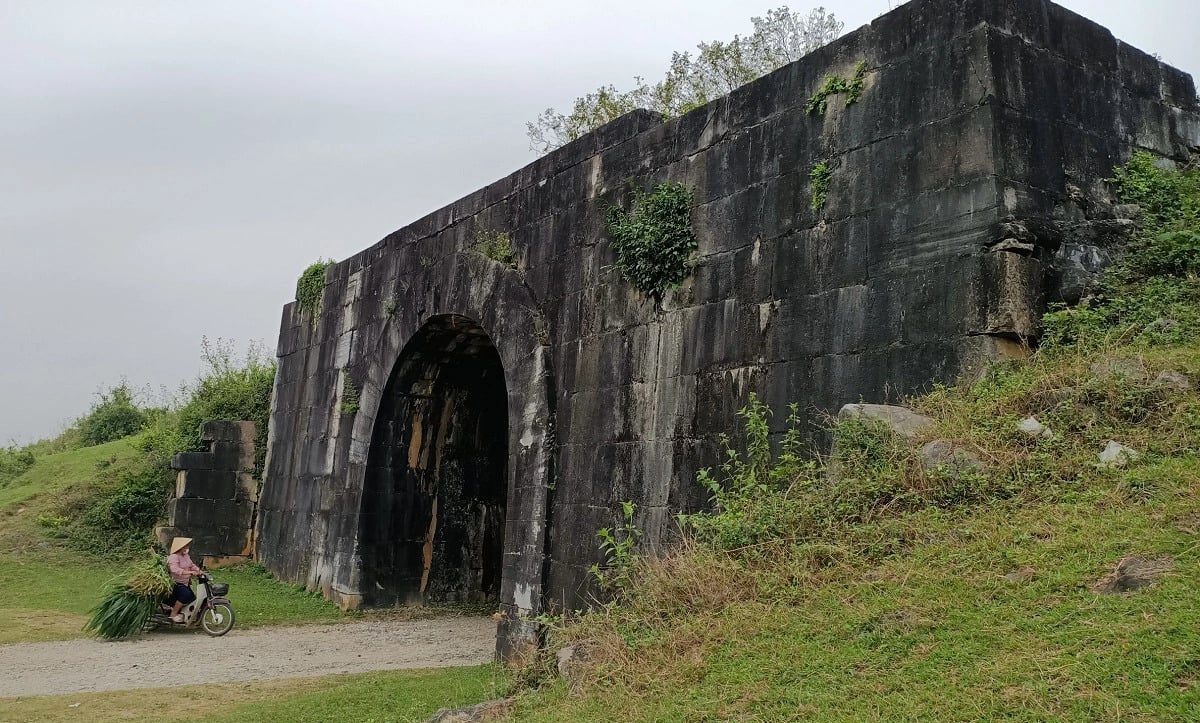
















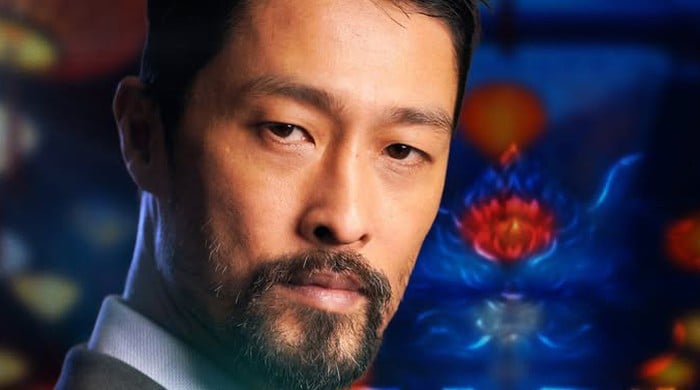










































Comment (0)